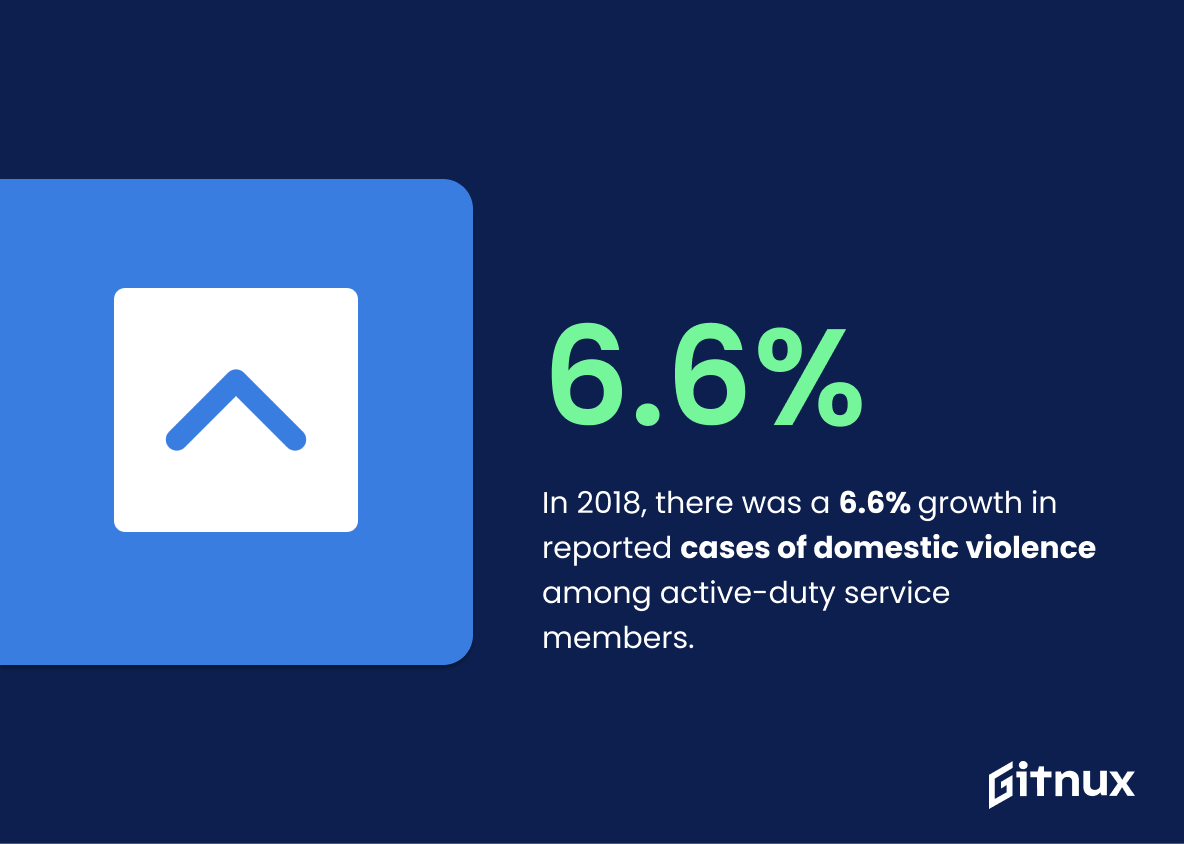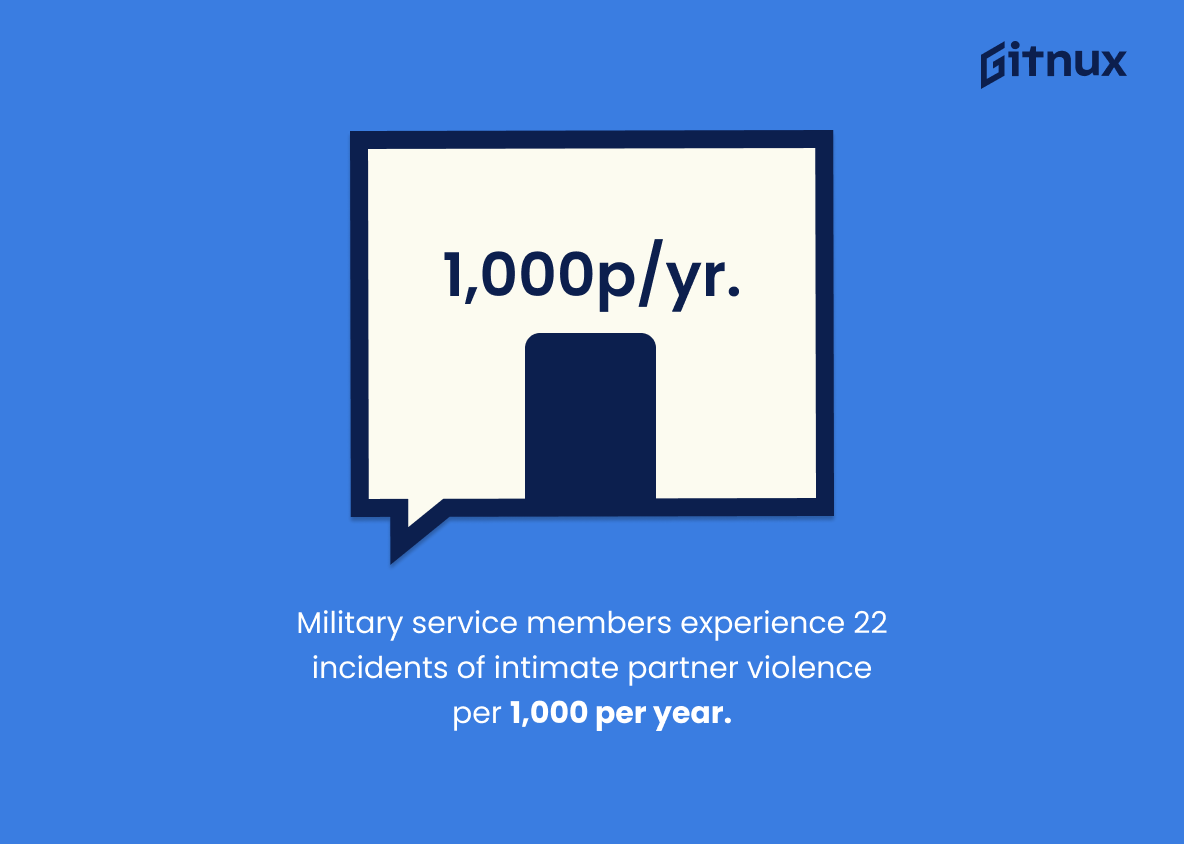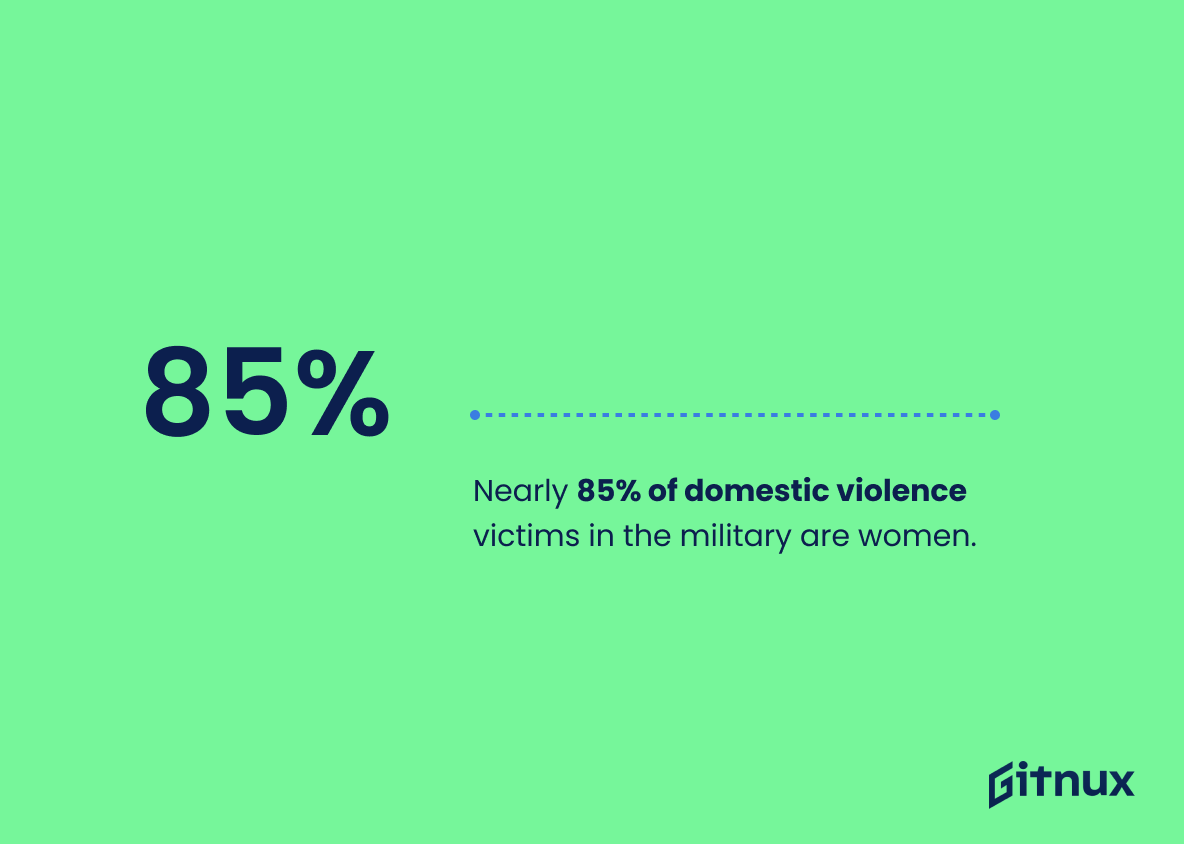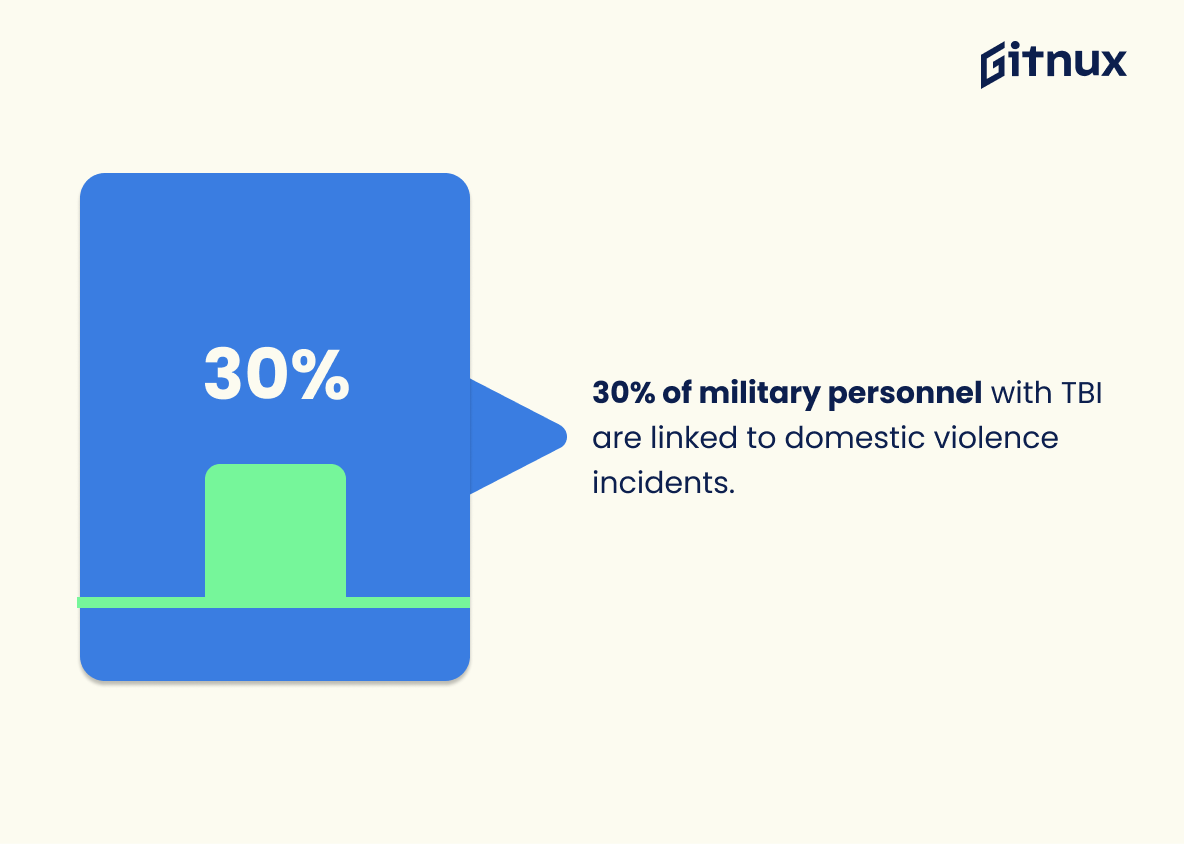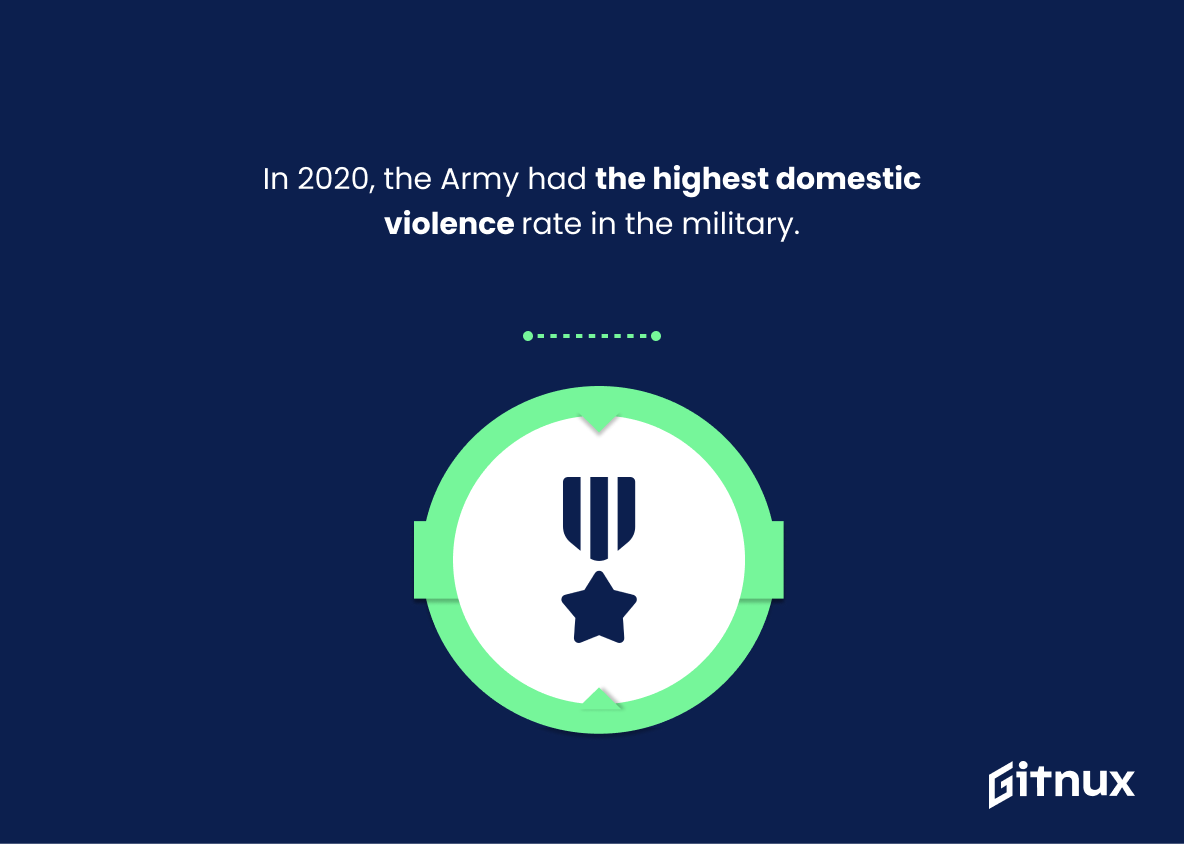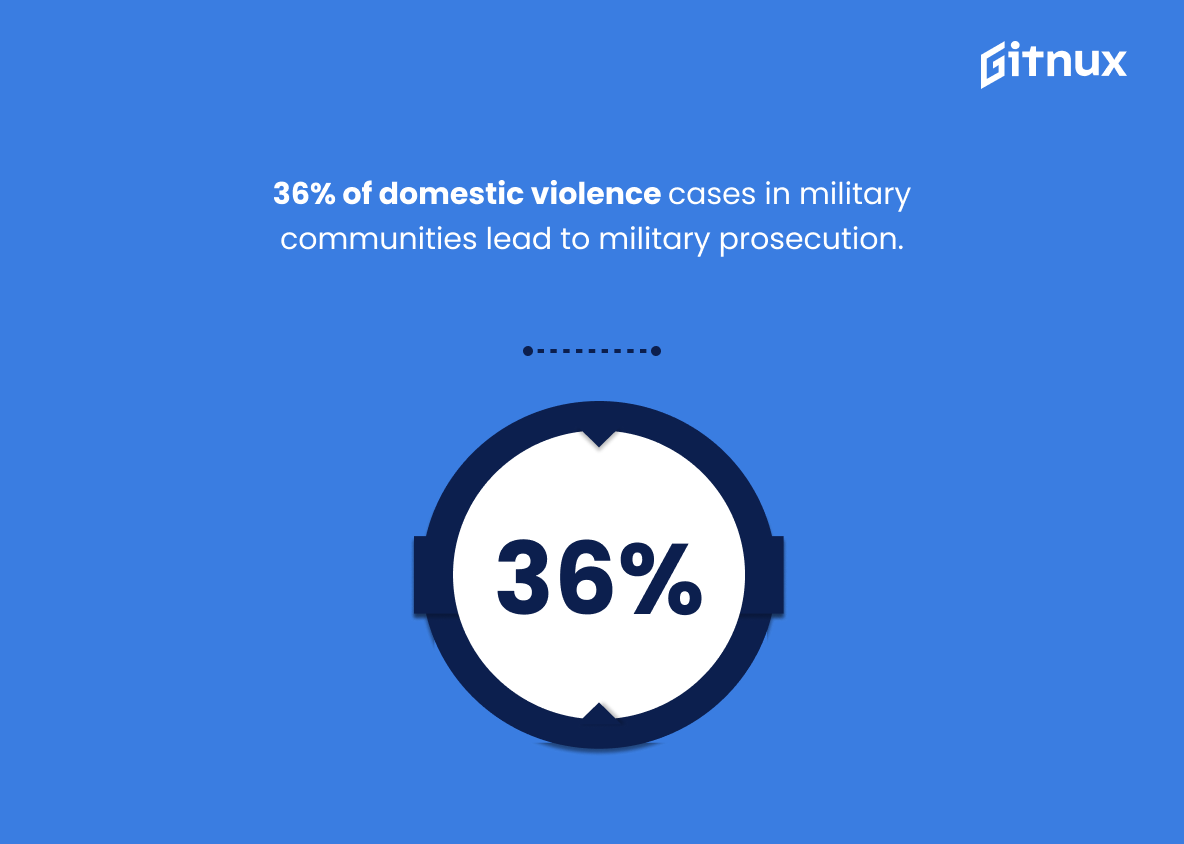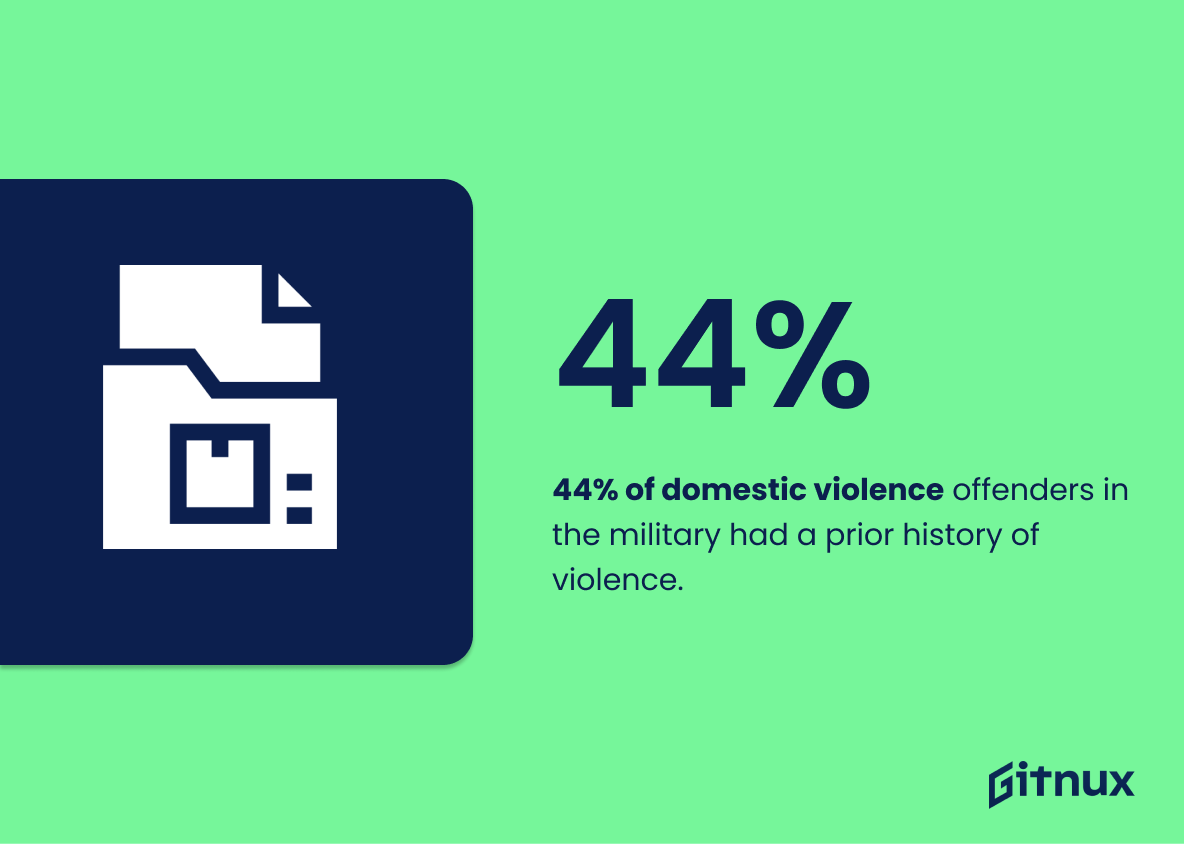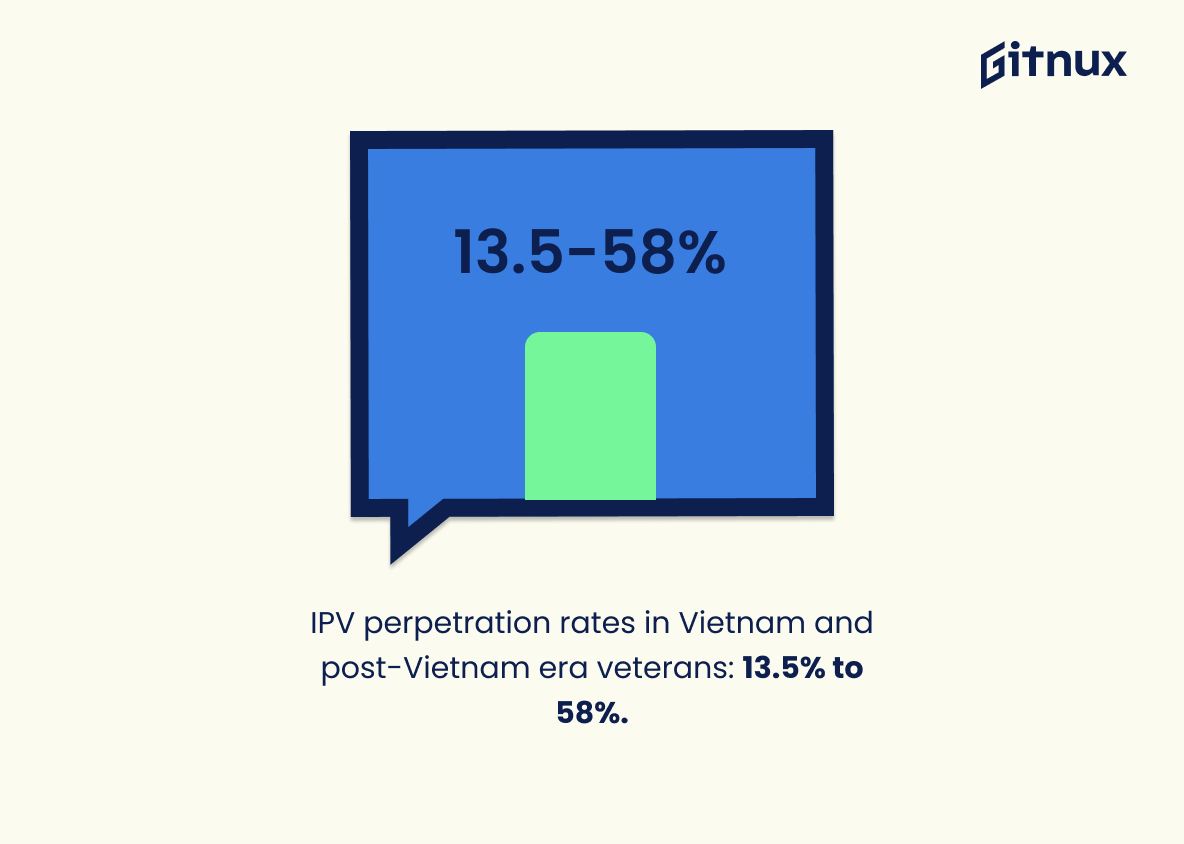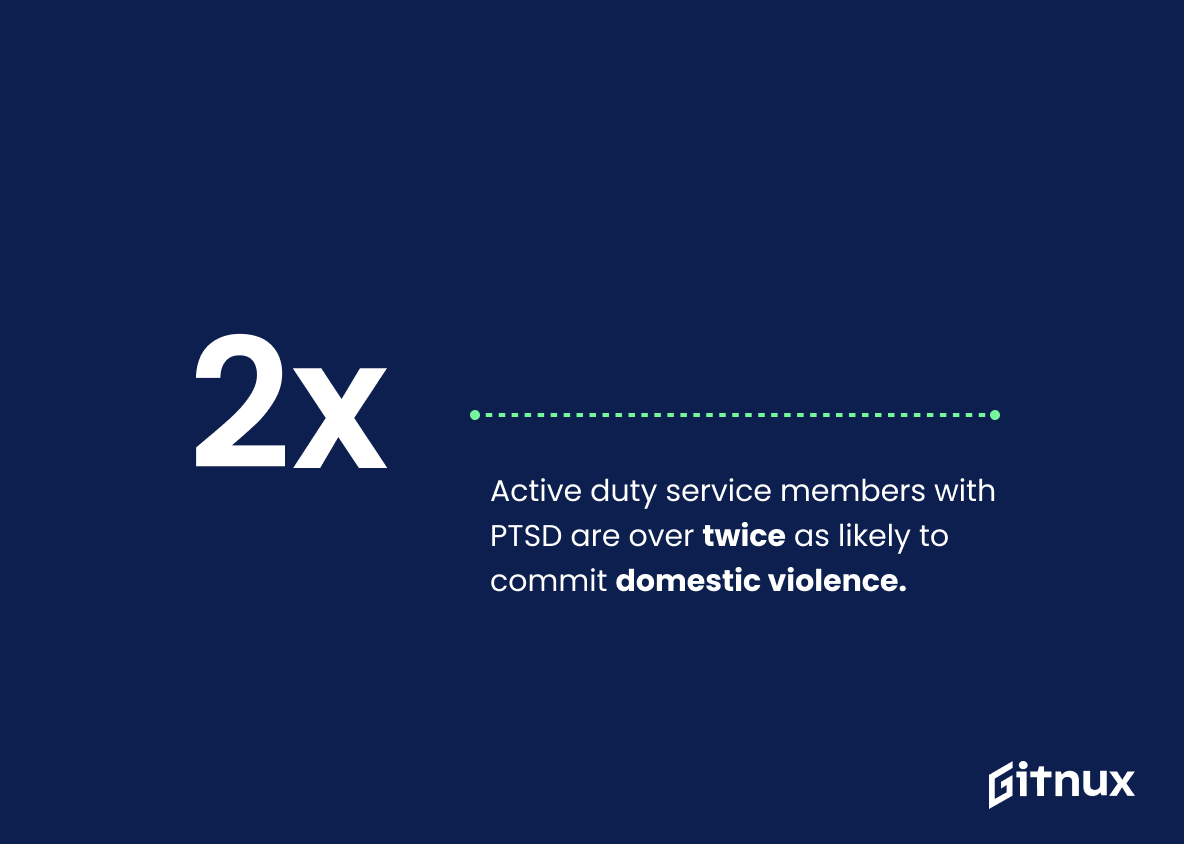Domestic violence is a serious issue that affects many military service members and their families. According to the US Department of Defense, in 2020 there were nearly 22,000 reports of domestic violence involving military personnel. This number has been steadily increasing over the years with an estimated 25% of all military couples experiencing domestic violence within their lifetime. In 2018 alone, reported cases grew by 6.6%.
Intimate partner violence rates among active-duty service members are approximately 22 incidents per 1,000 people each year and 85% of victims are women. Additionally, 30% of those who have sustained traumatic brain injuries (TBI) have also experienced some form or another type of abuse from a partner while 74% report no physical abuse in the past year compared to 78% for civilians without TBIs.
In terms of which branch had more reported cases in 2020; Army was at the top followed by Marines then Navy and Air Force respectively with 16%, 65%, 29%, and 44%. Deployed personnel were 62 percent more likely than non-deployed individuals to be involved in intimate partner violent incidents as well as 77 percent perpetrators having mental disorders diagnosed priorly . Firearms were used during 16 %of these events whereas only 36 % led into prosecution . Moreover , 21 % child maltreatment cases occurred due to female perpetration . Finally , DOD recorded 4 .7 increase rate on substantiated incident numbers between 2019 -2020 fiscal years
Domestic Violence Military Statistics Overview
In 2018, there was a 6.6% growth in reported cases of domestic violence among active-duty service members.
This statistic is a stark reminder of the prevalence of domestic violence among active-duty service members. It highlights the need for increased awareness and prevention efforts to ensure the safety of those in the military. It also serves as a call to action for those in positions of power to take steps to address this issue and ensure that service members are protected from domestic violence.
Intimate partner violence rates among military service members are 22 incidents per 1,000 service members per year.
This statistic is a stark reminder of the prevalence of intimate partner violence among military service members. It highlights the need for increased awareness and prevention of domestic violence in the military, as well as the need for better support for those affected by it.
Nearly 85% of domestic violence victims in the military are women.
This statistic is a stark reminder of the prevalence of domestic violence against women in the military. It highlights the need for greater awareness and action to be taken to protect women in the military from domestic violence. It also serves as a call to action for the military to take steps to ensure that all members of the military, regardless of gender, are safe from domestic violence.
About 30% of military personnel who have sustained a traumatic brain injury (TBI) are also implicated in incidents of domestic violence.
This statistic is a stark reminder of the prevalence of domestic violence among military personnel who have sustained a traumatic brain injury. It highlights the need for increased awareness and support for those affected by TBI, as well as the need for better prevention and intervention strategies to address the issue of domestic violence in the military.
In 2020, among active-duty military members, the Army had the highest rate of domestic violence incidents per thousand personnel, followed by the Marines, Navy, and Air Force.
This statistic is a stark reminder of the prevalence of domestic violence in the military, particularly in the Army. It highlights the need for greater awareness and prevention of domestic violence in the military, as well as the need for better support for victims of domestic violence in the military. It also serves as a call to action for military leaders to take a more proactive stance in addressing domestic violence in their ranks.
Nearly 65% of military domestic violence incidents involved physical abuse, as opposed to other forms of abuse (e.g., emotional or psychological abuse).
This statistic is a stark reminder of the prevalence of physical abuse in military domestic violence incidents. It highlights the need for increased awareness and prevention of such abuse, as well as the need for better support for victims of domestic violence in the military. It also serves as a reminder that domestic violence is not limited to emotional or psychological abuse, but can also take the form of physical abuse.
Only 29% of military personnel who experienced abuse by a partner sought help in 2014.
This statistic is a stark reminder of the prevalence of domestic violence in the military and the need for more resources to be made available to those affected. It highlights the fact that many military personnel are not receiving the help they need, and that more needs to be done to ensure that those who experience abuse are able to access the support they need.
Deployed military personnel were 62% more likely to be involved in incidents of domestic violence than non-deployed personnel.
This statistic is a stark reminder of the reality that domestic violence is a serious issue in the military. It highlights the fact that deployed military personnel are more likely to be involved in incidents of domestic violence, indicating that the stress of deployment can have a detrimental effect on relationships and can lead to an increase in domestic violence. This statistic is an important reminder that the military needs to take steps to address this issue and provide support to those affected by domestic violence.
In 2019, the Defense Department’s Family Advocacy Program (FAP) received over 6,000 reports of domestic violence involving children.
This statistic is a stark reminder of the prevalence of domestic violence involving children in the military. It highlights the need for the Defense Department’s Family Advocacy Program (FAP) to continue to provide support and resources to those affected by domestic violence. It also serves as a call to action for the military to take further steps to protect children from domestic violence.
36% of domestic violence cases in military communities lead to military prosecution.
This statistic is a powerful indicator of the prevalence of domestic violence in military communities and the commitment of the military to prosecute such cases. It highlights the importance of the military taking a proactive stance in addressing domestic violence and ensuring that perpetrators are held accountable for their actions. This statistic is a reminder that domestic violence is a serious issue that needs to be addressed in order to protect the safety and well-being of those in the military community.
44% of domestic violence offenders in the military had a prior history of violence.
This statistic is a stark reminder of the prevalence of domestic violence in the military, and the fact that many offenders have a prior history of violence indicates that the problem is deeply entrenched. It suggests that the military needs to take a more proactive approach to addressing domestic violence, as it is clear that the current measures are not enough to prevent it.
Intimate partner violence (IPV) perpetration rates among Vietnam and post-Vietnam era veterans can range from 13.5% to 58%.
This statistic is a stark reminder of the prevalence of intimate partner violence among Vietnam and post-Vietnam era veterans. It highlights the need for increased awareness and support for those affected by IPV in the military community. It also serves as a call to action for policy makers to take steps to address this issue and ensure that veterans have access to the resources they need to protect themselves and their families.
Active duty service members with PTSD are more than twice as likely to be perpetrators of domestic violence as those without PTSD.
This statistic is a stark reminder of the devastating effects of PTSD on service members and their families. It highlights the need for increased awareness and support for those suffering from PTSD, as well as the need for better resources to help prevent domestic violence in military families. It also serves as a reminder that domestic violence is a serious issue that affects all members of the military, regardless of their mental health status.
21% of child maltreatment cases in the military families were perpetrated by females.
This statistic is significant in the context of Domestic Violence Military Statistics because it highlights the fact that female perpetrators of child maltreatment are a reality in military families. It is important to recognize that domestic violence is not limited to male perpetrators, and that female perpetrators are also capable of committing acts of violence and abuse. This statistic serves as a reminder that domestic violence is a gender-neutral issue, and that all members of the military family should be aware of the potential for abuse from both male and female perpetrators.
Conclusion
The statistics presented in this blog post demonstrate the prevalence of domestic violence among military service members and their families. From these numbers, it is clear that intimate partner violence (IPV) rates are high within the military community, with nearly 22,000 reports filed in 2020 alone. Additionally, approximately 25% of all military couples experience IPV at some point during their lifetime. Furthermore, active-duty personnel have seen a 6.6% growth in reported cases since 2018 and an increase of 4.7% from 2019 to 2020 according to DOD data.
These figures also reveal that women make up 85% of victims involved in incidents involving physical abuse while firearms were used 16 percent of the time overall; 74 percent experienced no past year physical abuse compared to 78 percent for civilians; 30 percent who sustained traumatic brain injuries (TBIs) were implicated as perpetrators; 44 had prior histories or violent behavior; 21percent perpetrated by females against children occurred within family units on base; 36 resulted in prosecution by DoD authorities and 62percent more likely when deployed overseas than not deployed domestically . Finally only 29percent sought help after experiencing abuse from a partner which indicates there may be barriers preventing them from seeking assistance such as fear or stigma associated with reporting incidents due to being part of a hierarchical organization like the armed forces where rank can play into how one is treated if they report any type incident including domestic violence..
Overall these statistics paint an alarming picture about domestic violence amongst those serving our country both abroad and here at home – highlighting just how pervasive this issue has become over recent years despite efforts made by various organizations dedicated towards helping survivors access resources needed for healing and recovery
References
0. – https://www.www.ncbi.nlm.nih.gov
1. – https://www.www.stripes.com
2. – https://www.www.military.com
3. – https://www.jovraca.com
4. – https://www.www.army.mil
5. – https://www.www.rand.org
6. – https://www.pubmed.ncbi.nlm.nih.gov
7. – https://www.www.cfr.org
8. – https://www.www.verywellmind.com
9. – https://www.www.tandfonline.com
10. – https://www.www.militarytimes.com
11. – https://www.memory.loc.gov
12. – https://www.www.defense.gov
13. – https://www.journeys.dartmouth.edu
